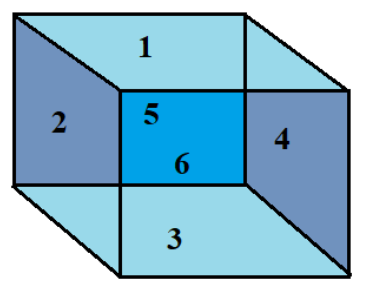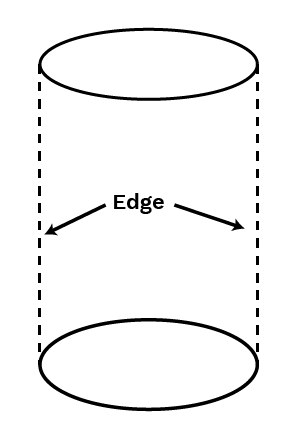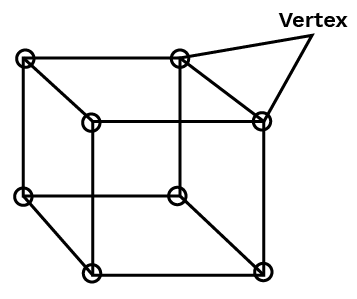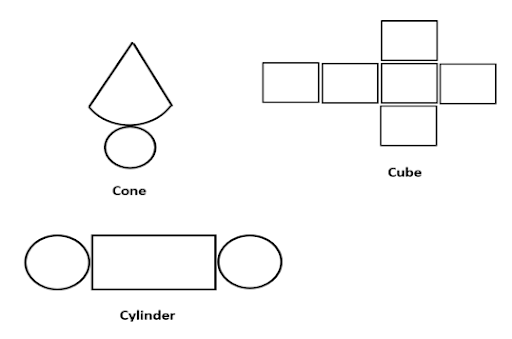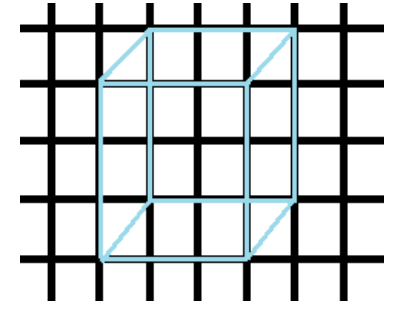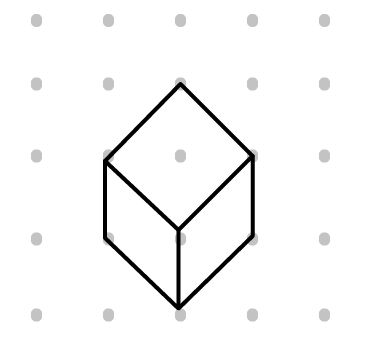Revision Notes for CBSE Class 7 Maths Chapter 13 Visualising Solid Shapes - Free PDF Download
FAQs on Visualising Solid Shapes Class 7 Notes CBSE Maths Chapter 13 (Free PDF Download)
1. How to study Chapter 13 “Visualising Solid Shapes” of Class 7 Maths using Vedantu’s notes?
Vedantu's Revision Notes are an excellent tool to help you in your revision of chapters. After you are done understanding and solving the NCERT content, use Vedantu's notes for revision. These notes are carefully prepared in such a way that it helps the students get the most advantageous revision session. You can find clear and concise explanations, important formulas, theorems, and fundamental principles all in one place. This makes your revision process swift and productive.
These solutions are available on Vedantu's official website(vedantu.com) and mobile app free of cost.
2. Are Vedantu’s Revision Notes for Class 7 Maths Chapter 13 “Visualising Solid Shapes” trustworthy for revision?
Vedantu’s Revision Notes for Chapter 13 “Visualising Solid Shapes” of Class 7 Maths are the most reliable notes you can find online because:
These are prepared by highly experienced CBSE teachers after a tireless process.
Vedantu’s experts make sure that all the important topics of the chapter are covered in these notes.
For a chapter like “Visualising Solid Shapes”, the notes are explained with relevant examples and figures wherever necessary.
Notes are prepared keeping latest CBSE guidelines, marking scheme and syllabus.
3. What is the need to study Mathematics using Revision Notes?
Students may think that revision notes are beneficial for subjects like Science and Social Studies. However, revision notes can be extremely rewarding for Mathematics as well. Here is why you should utilize revision notes for Class 10 Maths:
They help you store all important explanations and mathematical concepts in one place.
They contain all necessary theorems and formulas in one place for later reference.
They help you jog your memory with a quick revision session right before exams.
4. What are the important topics of Class 7 Maths Chapter 13 “Visualising Solid Shapes?”
Here are the following important concepts of Chapter 13 "Visualising Solid Shapes"
Introduction: plane figures and solid shapes
Faces, edges, and vertices
Nets for building 3-d shapes
Drawing solids on a flat surface
Oblique sketches
Isometric sketches
Visualising solid objects
Viewing different sections of a solid
Viewing an object is by cutting or slicing
Shadow play
Looking at solid shapes from certain angles to get different views
5. What are the differences between plane shapes and solid figures?
There are some basic differences in plane shapes and solid shapes
Plane Shapes: Two-dimensional shapes with width and length or circumference and no height or thickness. Examples are rectangle, square, circle, etc.
Solid Shapes: three-dimensional shapes that have length, breadth, and height. Examples are cube, cuboid, sphere, cylinder, etc.
For more information on these topics refer to Vedantu's Revision Notes for Class 7 Mathematics Chapter 13 "Visualising Solid Shapes."
















